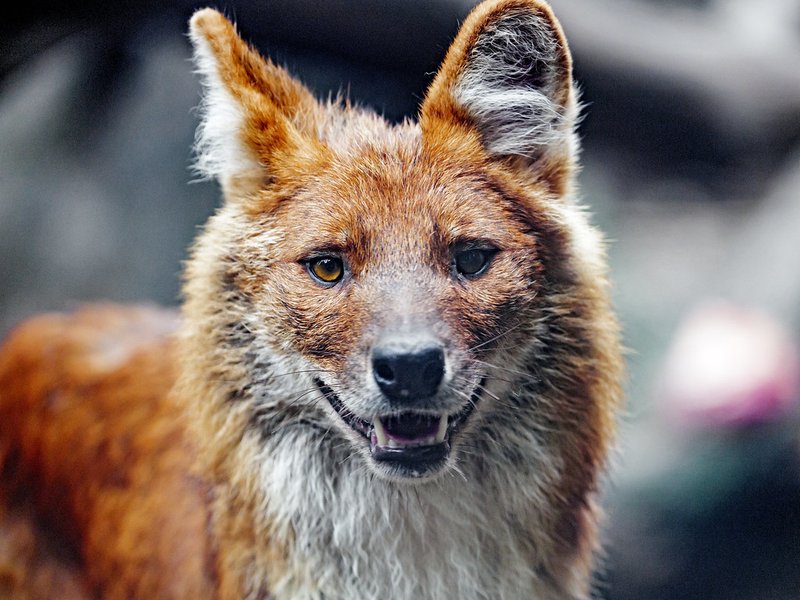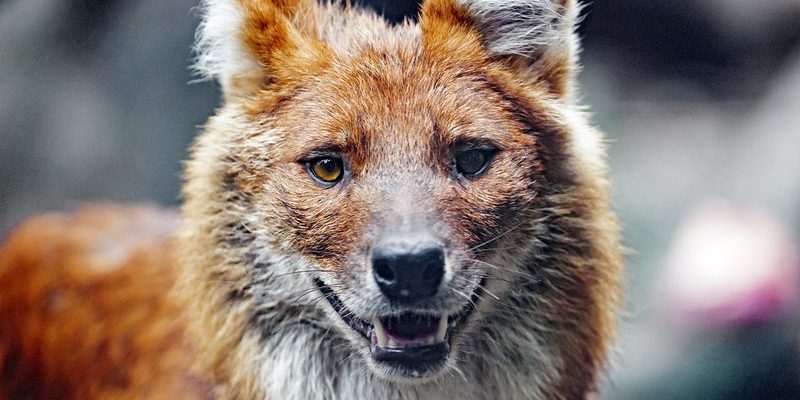
Dholes, also known as Asiatic wild dogs, roam through forests and grasslands in parts of Asia, including India and Thailand. As social animals, they thrive in packs and communicate with a series of barks, whines, and even unique whistles. Their representation in culture and folklore is as vibrant and varied as the landscapes they inhabit. So, let’s dig deeper into how this remarkable creature is portrayed in stories, myths, and traditions around the world.
The Dhole in Indian Folklore
In India, the dhole holds a special place in local folklore. Many stories highlight its cleverness and social nature. One popular tale features the dhole as a symbol of teamwork and cooperation. In these stories, the dhole outsmarts larger predators by hunting in packs. This cleverness represents the importance of working together, a key value in many Indian communities.
Moreover, the dhole is often associated with the goddess Durga. In some tales, it is said that the dhole assisted Durga in her battles against evil forces, showcasing its bravery and fierce loyalty. This connection places the dhole alongside other revered animals, such as the lion and the tiger, in Hindu mythology, elevating its status to one of respect and admiration.
Symbolism of the Dhole in Native Cultures
Native cultures in places like Thailand also see the dhole as a vital part of their ecosystem and cultural identity. For instance, the dhole is often depicted in traditional art, symbolizing strength and unity. It’s not unusual to find murals in rural villages that feature the dhole hunting as a group, which reflects the community spirit of these cultures.
Some tribes even tell stories where the dhole serves as a messenger between the animal spirits and humans. In these narratives, the dhole guides lost souls or brings good fortune, emphasizing its significance beyond just a wild animal. This portrayal helps villagers feel connected to nature and reinforces respect for wildlife.
Dholes in Literature and Modern Media
The dhole has also made its way into books and films, often portrayed as cunning and agile. Rudyard Kipling’s *The Jungle Book* features a character called the “dhole” who is smart and strategic in its ways, reflecting the dog’s real-life traits. Such representations serve to raise awareness about the dhole’s existence and its role in the environment, connecting audiences to nature through storytelling.
In modern media, you might find documentaries showcasing the dhole’s pack behavior and hunting tactics. These films emphasize the social structure of dhole groups, highlighting their intelligence and teamwork. This portrayal can help shift perceptions, as many people may not even know about this unique creature.
The Dhole and Conservation Efforts
With the rise of environmental awareness, the dhole’s role in culture also sheds light on conservation efforts. As habitats shrink and prey becomes scarce, the dhole faces significant threats. Many organizations are working tirelessly to protect these incredible animals and their ecosystems.
In these efforts, the dhole serves as a symbol for broader wildlife conservation. By raising awareness through cultural stories and media, people can understand the importance of preserving this species. This connection between folklore and conservation highlights how cultural narratives can spur action and emphasize the need to protect wildlife.
Comparing the Dhole to Other Canines
You might be wondering how the dhole stacks up against other canines like wolves or domestic dogs. While wolves are often portrayed as solitary hunters, dholes are incredibly social and thrive in packs. Their hunting tactics are collaborative, which leads to more successful hunts compared to other species.
In contrast, domestic dogs often symbolize companionship and loyalty. However, the dhole represents a wilder, more instinctual connection to nature. Understanding these differences enriches our appreciation for each species and their roles in folklore and culture.
Local Legends and The Dhole
Different regions have unique legends about the dhole. For instance, in parts of Southeast Asia, there are tales where the dhole is seen as a trickster—a clever character who outsmarts humans or other animals. These stories serve to teach lessons about caution and understanding one’s environment.
Whether it’s tales of heroism or mischief, the dhole’s character often embodies traits that resonate with human experiences. The lessons drawn from these local legends can encourage respect for nature and an understanding of the animal’s role in the ecosystem.
The Future of the Dhole in Culture
As societies evolve, the dhole continues to inspire new stories and representations. With growing interest in wildlife and conservation, the dhole could take on even more symbolic meanings in popular culture. As filmmakers and writers explore these themes, the dhole’s place in folklore may expand, allowing future generations to appreciate its significance.
Here’s the thing: by keeping the dhole alive in our stories and culture, we can foster a deeper connection to the natural world. This ensures that as we move forward, the legacy of the dhole—both in life and in folklore—remains vibrant.
In conclusion, the dhole is more than just a fascinating animal; it’s a creature woven into the cultural fabric of many communities. From Indian folklore to modern media, its representation highlights values like teamwork, bravery, and the importance of nature. So the next time you hear about the dhole, remember its rich history and the stories that keep it alive in our hearts and minds.

